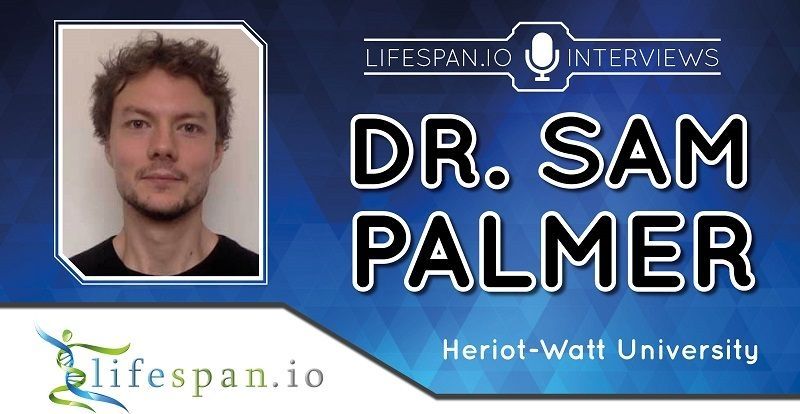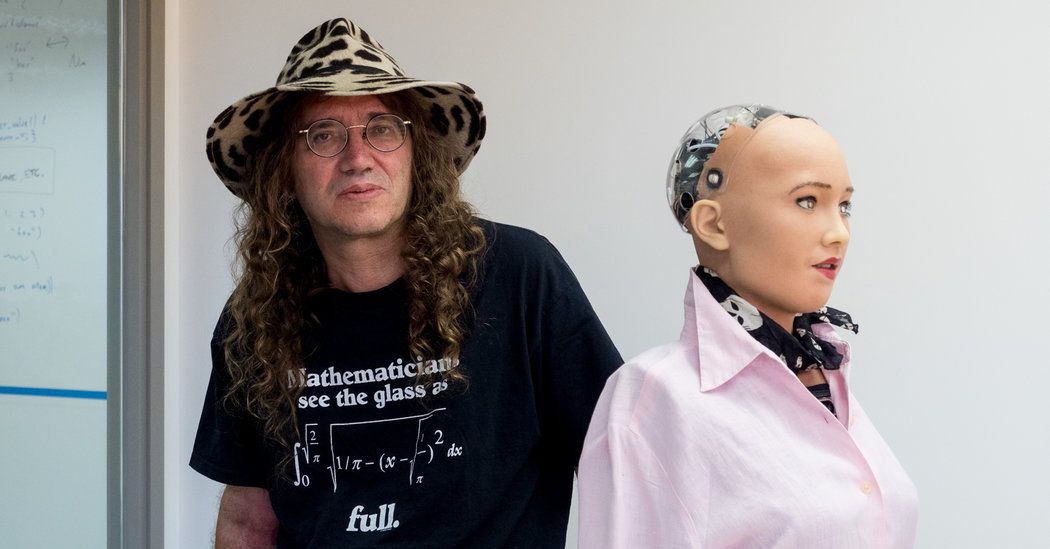The ACME experiment has released new result showing the “roundness” of the electron, which are touted as a test of fundamental physics theories. How does that work, anyway?



A team of researchers led by Principal Investigator Dr. Jan Gruber from Yale-NUS College has discovered a combination of pharmaceutical drugs that not only increases healthy lifespan in the microscopic worm Caenorhabditis elegans (C. elegans), but also delays the rate of ageing in them, a finding that could someday mean longer, healthier lives for humans.
The study, published in the peer-reviewed international journal Developmental Cell on 8 October 2018, lays crucial groundwork for further research into designing drug combinations that produce the same effect in mammals.
“Many countries in the world, including Singapore, are facing problems related to ageing populations,” said Dr. Gruber, whose lab and research team made the discovery. “If we can find a way to extend healthy lifespan and delay ageing in people, we can counteract the detrimental effects of an ageing population, providing countries not only medical and economic benefits, but also a better quality of life for their people.”

Cancer is the poster child of age-related diseases, and a recent study sheds light on why the risk of cancer rises dramatically as we age.
Abstract
For many cancer types, incidence rises rapidly with age as an apparent power law, supporting the idea that cancer is caused by a gradual accumulation of genetic mutations. Similarly, the incidence of many infectious diseases strongly increases with age. Here, combining data from immunology and epidemiology, we show that many of these dramatic age-related increases in incidence can be modeled based on immune system decline, rather than mutation accumulation. In humans, the thymus atrophies from infancy, resulting in an exponential decline in T cell production with a half-life of ∼16 years, which we use as the basis for a minimal mathematical model of disease incidence. Our model outperforms the power law model with the same number of fitting parameters in describing cancer incidence data across a wide spectrum of different cancers, and provides excellent fits to infectious disease data.
In support of the NAD+ Mouse Project over at Lifespan.io, Dr. David Sinclair will be doing an AMA on Reddit Futurology Tuesday, October 23, 2018 from 11:00 – 12:00 AM EDT. Dr. Sinclair will be answering questions from the community about his work with NAD+ biology, Sirtuins, and why the NAD+ Mouse Project is important for aging research. To ask your question please visit the AMA thread on Reddit Futurology here.
For those not familiar with NAD+ biology we did the NAD+ World series recently which explores this area of the biology of aging. We also took a look at why NAD+ appears to decline as we age and what is one of the most likely reasons for this.
Dr. Sinclair and his team at Harvard Medical School are currently hosting the NAD+ Mouse Project with us at Lifespan.io which is aiming to conduct long-term studies into the ability of NAD+ precursor molecule, NMN, to delay or even reverse some aspects of aging.

Many A.I. experts are concerned that Facebook, Google and a few other big companies are hoarding talent in the field. The internet giants also control the massive troves of online data that are necessary to train and refine the best machine learning programs.
Several start-ups hope to use the technology introduced by Bitcoin to give broader access to the data and algorithms behind artificial intelligence.



Many of the objects NASA and other scientific bodies choose to study in space are incredibly old, but that’s not the case with Kes 75. Located a mere 19,000 light years from Earth, Kes 75 is a ultra-dense chunk of a star that went supernova, and now scientists are calling it the youngest known pulsar in the Milky Way galaxy.
In a new post on its website, NASA explains how the pulsar was detected and shows off a pretty stunning image of what it looks like from our vantage point.
